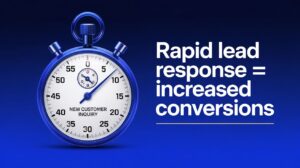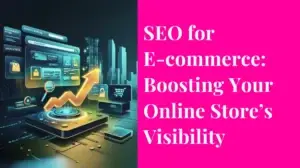With the sheer volume of goods and services available in marketing, it’s no surprise that there are so many different strategies for traditional and online marketing to consumers. But even online marketers seem to be confused about the true definitions of some of the buzzwords they use to describe what they do. Below is a list of explanations for the most commonly used online marketing terms.
Inbound Marketing
To start with one of the most confusing terms on our list, inbound marketing is an online marketing methodology geared towards attracting customers that are already looking for content related to your business. The term was popularized by the founders of a company called Hubspot in their book, the aptly titled Inbound Marketing. The book describes inbound marketing as a label for a collection of techniques like SEO, social media, and blogging—rather than a single, straightforward marketing approach. Hubspot makes a profit by charging businesses for assistance with inbound marketing, so it’s no surprise that they dominate the online discourse on the subject. Hubspot’s detractors claim that they created the term specifically to promote their own business, and that it’s not actually a useful term, given that it doesn’t bring anything new or revolutionary to the world of online marketing. Despite its criticism, the term has become increasingly popular.
Content Marketing
Content Marketing is, in this writer’s opinion, the clearly defined older-brother of Inbound Marketing. To put it simply, it’s the practice of creating useful or meaningful content geared toward your audience with the goal of turning them into customers. Effective content marketers start out with a clearly defined sense of who their audience is, and they consistently create content is relevant and valuable to this audience. Valuable content could be anything that a potential audience engages with online, including but not limited to videos, blog posts, eBooks and infographics.
Social Media Marketing
Social Media Marketing overlaps with Content Marketing, in that it is a free approach that involves creating and posting content that points traffic towards your website. Given the structure of social media sites and the potential for previous engagement between a user and the company (such as a “like” of a brand on Facebook), social media marketers are able to specifically target their audience to keep them engaged and involved in the brand’s online presence.
SEO
SEO, or Search Engine Optimization, refers to the process of strategically editing your website’s content so that it can appear as high as possible in search results. This involves optimizing your site for high-converting and highly searched keywords, cleaning up your code so that Google has no problem crawling it for keywords, and adding meaningful text-based content to your site.
PPC
PPC or Pay-per-click is a paid marketing model that involves paying websites that display an ad for each time that ad is clicked by a user. Google AdWords is Google’s PPC platform, in which advertisements are displayed above and to the right of the organic search results. Usually, PPC ads are free to display, and advertisers only pay for each click they receive.





